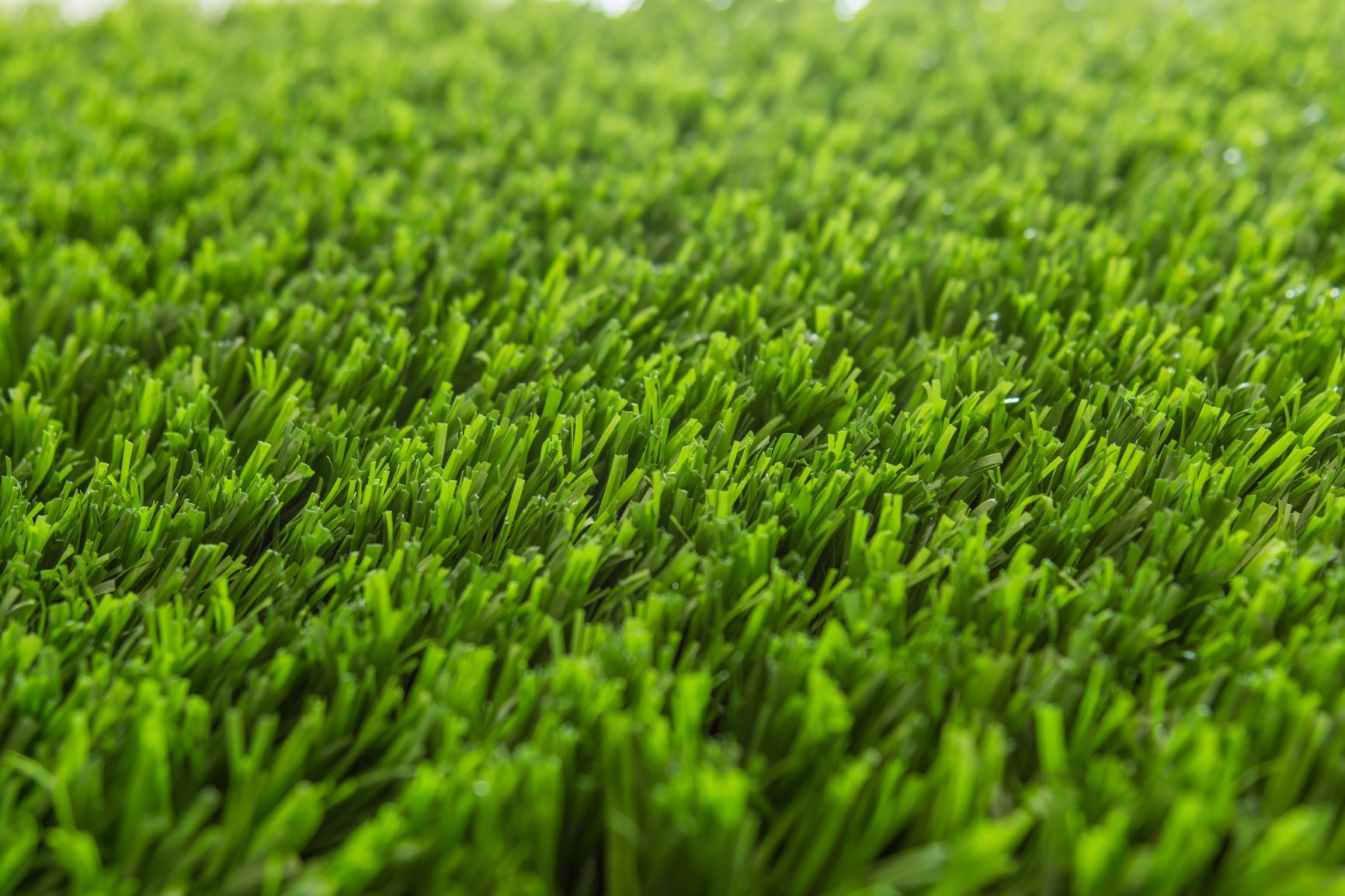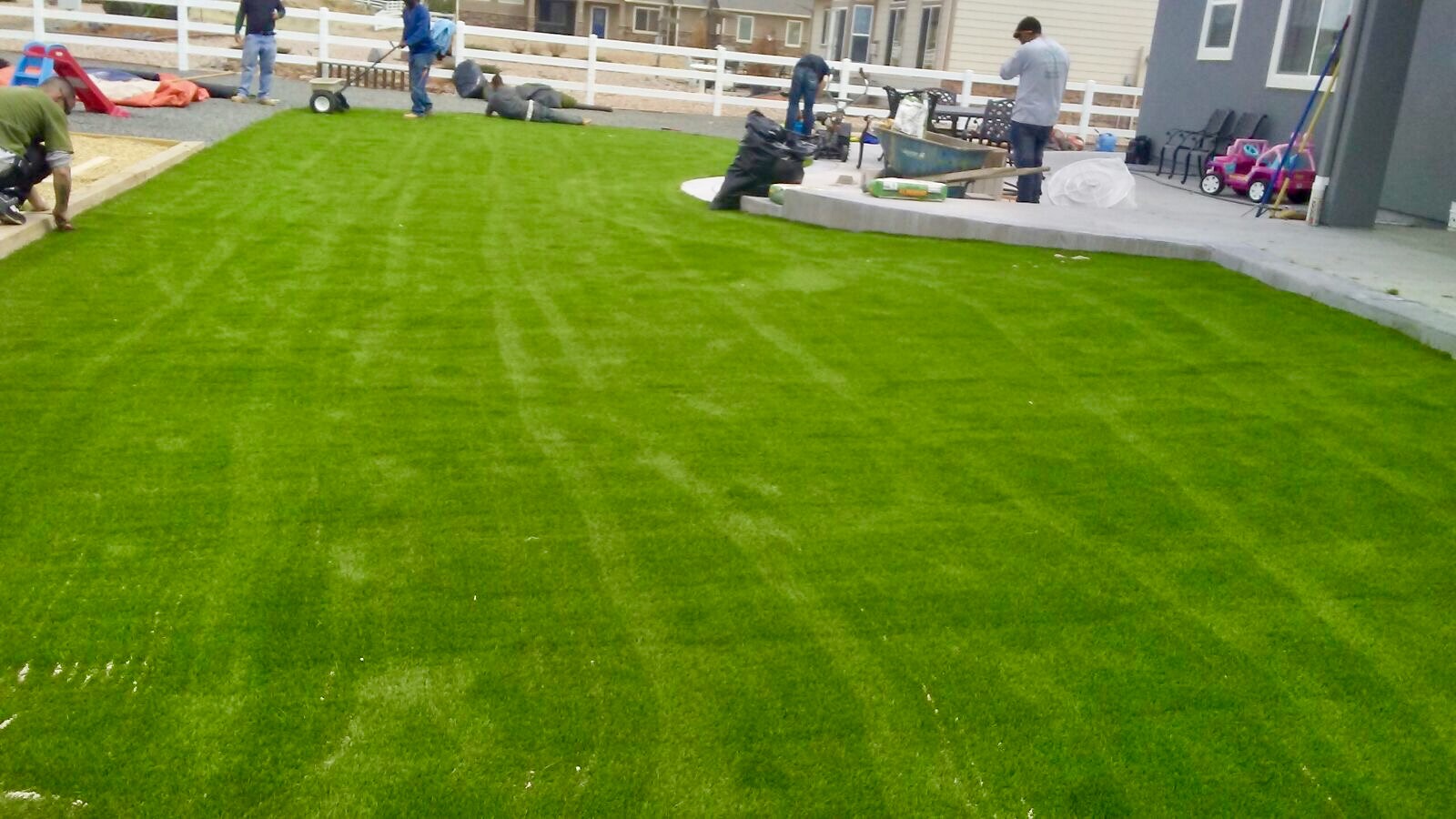Budget-Friendly Turf Installation Phoenix AZ for a Low-Maintenance Lawn Option
Budget-Friendly Turf Installation Phoenix AZ for a Low-Maintenance Lawn Option
Blog Article
Explore the Environmental Benefits of Opting for Synthetic Grass Solutions
The adoption of artificial grass remedies offers a compelling chance to address pushing ecological difficulties. By dramatically lowering water use and lessening the application of unsafe chemicals, these choices not only promote sustainable landscaping however also safeguard local communities.
Water Preservation Advantages
One of one of the most considerable benefits of fabricated turf is its ability to preserve water. Traditional lawn yards need significant watering, particularly in locations vulnerable to dry spell or water restrictions. On the other hand, artificial grass does not require watering, dramatically minimizing the total demand for water sources. This feature is especially advantageous in dry areas where water deficiency is a pressing issue.
By eliminating the demand for regular watering, synthetic grass adds to lasting landscape techniques and aids alleviate the ecological effect of excessive water intake. The conservation of water extends to the decrease of drainage, which can lead to soil erosion and river pollution.
Additionally, the installation of synthetic grass permits municipalities and home owners to allot water sources more successfully, concentrating on necessary usages such as drinking water and agriculture. The change in the direction of synthetic grass not only advertises liable water use but likewise straightens with broader environmental goals intended at preserving natural deposits.
As areas progressively focus on sustainability, the water preservation benefits of synthetic grass present a compelling instance for its adoption in business and domestic landscaping jobs.
Lowered Chemical Usage
The change to man-made lawn considerably lowers the dependence on chemical treatments typically used in all-natural grass upkeep. Typical grass administration usually involves the application of pesticides, plant foods, and herbicides to advertise development and control insects. These chemicals can position risks to human wellness, regional wildlife, and the setting, adding to soil and water contamination.
In contrast, fabricated turf removes the need for these unsafe compounds. By decreasing the release of artificial substances into the ecological community, synthetic grass advertises healthier dirt and water systems.
Moreover, the absence of chemical drainage related to synthetic grass installations assists shield local rivers from pollution, sustaining aquatic life and preserving biodiversity. Arizona turf. As neighborhoods significantly prioritize sustainable methods, going with synthetic grass offers a practical remedy that lines up with ecological preservation goals. With this change, homeowner can appreciate lush eco-friendly areas without jeopardizing eco-friendly wellness, leading the way for a more sustainable future
Lower Carbon Footprint

Additionally, the setup of synthetic grass can lead to significant water conservation. All-natural grass require significant quantities of water for irrigation, which not just includes in the carbon impact related to water removal and treatment however additionally strains local water sources. In comparison, fabricated lawn needs minimal maintenance, requiring no watering, thus substantially lowering water use and its connected energy expenses.
Additionally, the longevity of artificial turf adds to view it now its lower carbon influence. With a life-span of as much as 15 years or more, the need for constant substitutes is reduced, leading to less waste and reduced power usage in manufacturing and throwing away standard lawn options. In general, synthetic grass offers a sustainable option for environmentally aware landscape design.
Habitat Preservation
Environment preservation is a vital consideration in the discussion over landscape design options, particularly when contrasting synthetic grass to all-natural turf. All-natural lawn lawns often call for substantial maintenance, consisting of using herbicides, fertilizers, and chemicals, which can adversely influence local ecological communities. These chemicals can seep right into the soil and rivers, hurting indigenous plants and fauna and interrupting local habitats.
In contrast, man-made turf presents a chance to decrease the eco-friendly footprint of landscaping. By going with synthetic grass, property owners can reduce the disruption of natural environments connected with traditional yard care techniques. Synthetic grass removes the demand for unsafe chemicals, therefore securing neighboring wild animals and preserving the honesty of bordering ecological communities. The installation of man-made grass can lead to the conversion of previous lawn locations right into even more biodiverse landscapes, such as pollinator yards or native plant locations, which can sustain regional wild animals.
Inevitably, the transition to man-made turf not only conserves water and decreases maintenance initiatives but likewise cultivates an extra harmonious relationship between human tasks and the all-natural atmosphere, advertising habitat conservation while doing so.
Long-Term Sustainability
Long-lasting sustainability is a critical variable in assessing the advantages of synthetic grass this content over conventional grass yards. One of one of the most significant advantages of man-made turf is its toughness; it can last approximately 15-20 years with minimal maintenance, whereas natural yard requires constant reseeding and replacement. This durability reduces the need for constant resources, such as water, fertilizers, and chemicals, which are essential for maintaining a healthy yard lawn.
Additionally, synthetic grass contributes to a decrease in carbon emissions related to lawn treatment devices. Typical yards often need gas-powered lawn mowers, leaners, and blowers, all of which contribute to air contamination. Artificial turf companies phoenix. On the other hand, man-made turf gets rid of the demand for such equipment, promoting a cleaner environment
In addition, the production of synthetic grass increasingly makes use of recycled materials, boosting its sustainability account. As producers embrace environmentally friendly practices, the environmental footprint of fabricated turf continues to lessen.

Conclusion
The fostering of synthetic grass solutions provides significant ecological benefits, including significant water conservation, lowered dependence on damaging chemicals, and a lower carbon footprint. In addition, synthetic turf help in maintaining all-natural find here environments by minimizing land disturbance and promoting lasting sustainability through using resilient products. Jointly, these elements highlight the potential of synthetic grass to contribute favorably to ecological health and use a practical choice to traditional landscaping methods in a significantly resource-conscious globe.
In comparison, artificial grass does not require watering, significantly decreasing the total demand for water resources. By reducing the release of artificial substances into the community, man-made grass advertises much healthier dirt and water systems.
Furthermore, the installation of synthetic grass can result in considerable water preservation. In contrast, synthetic lawn needs minimal maintenance, requiring no watering, thereby dramatically reducing water use and its linked power prices.

Report this page